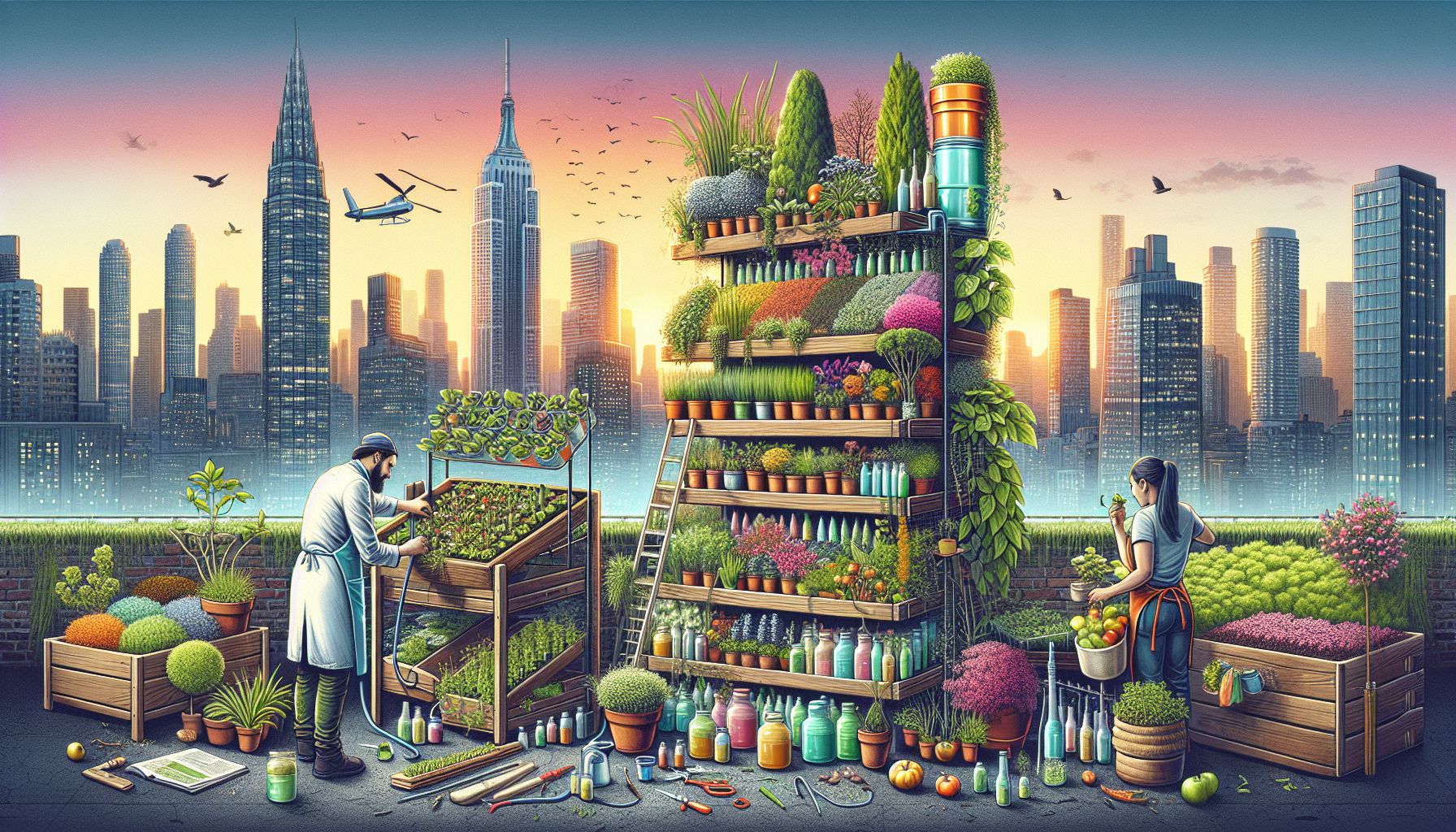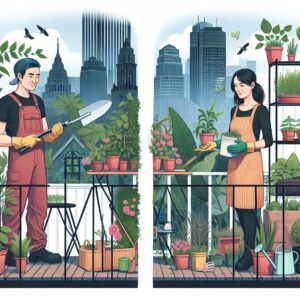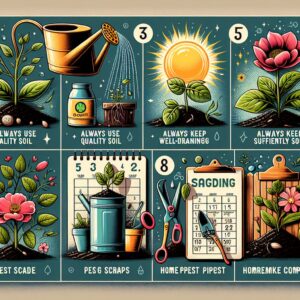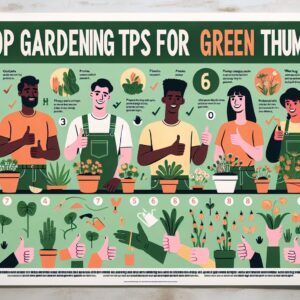Have you ever dreamt of having your own lush green escape in the middle of the urban jungle? Urban gardening can be the answer for such dreamers who lack the space but not the enthusiasm. This blog post is dedicated to both novice and seasoned gardeners who yearn to cultivate their gardening expertise and bring about a positive impact on their urban environment.
Gardening is more than just a hobby; it’s a way of life for many. It offers both physical and mental health benefits, along with the satisfaction of growing your own food. In urban areas, where green spaces are often scarce, gardening can lead to a substantial increase in quality of life. However, urban gardening presents its own set of challenges. These include limited space, poor soil quality and a lack of natural light. But don’t worry, with the right gardening ideas and tips, you can cultivate a flourishing garden even in limited urban spaces.
1. Understanding Urban Gardening
Urban gardening refers to practicing horticulture in an urban setting, often on rooftops, balconies, or indoors. It may involve growing plants in containers or raised beds, using vertical gardening techniques, or even creating entire green roofs.
2. Start with Easy-to-Grow Plants
When it comes to urban gardening, your space is valuable, so utilize it wisely. Begin with plants that are not only easy to grow but also serve multiple purposes. For instance, herbs like mint, basil, and parsley are relatively easy to cultivate and can be used in cooking, making teas, or as appealing garnishes.
3. Make the Most of your Space
From installing hanging pots on walls to stacking planters vertically, the possibilities are endless. Utilize vertical spaces such as walls, fences, and patios to increase your green footprints. Moreover, simple DIY structures like a trellis or arbor can be employed for climbing plants – saving floor space while creating an attractive display.
4. Pay Special Attention to Soil
Urban soil is often poor in quality and may contain contaminants. Hence, it’s crucial to use potting soil or compost for your urban garden. If you’re making your own compost, ensure to use a balanced mix of greens (vegetable peels, coffee grounds, fresh leaves) and browns (dry leaves, straw, newspapers).
5. Watering Wisely
While it’s essential to keep your plants well-hydrated, overwatering is a common mistake that can lead to plant diseases or even death. Usually, watering your plants in the morning when the temperature is cooler will help decrease evaporation.
6. Pests and Diseases Control
Urban areas can often have a higher incidence of plant diseases and pests. It’s important to regularly inspect your plants for signs of problems. When dealing with pests, opt for organic and eco-friendly solutions.
7. Maximize Sunlight Access
Most edibles and flowering plants require at least five to six hours of direct sunlight each day. If you don’t have a space with enough natural light, consider using grow lights.
To conclude, urban gardening is a rewarding venture that goes beyond just growing plants. It’s a lifestyle choice that offers immeasurable rewards in the form of health benefits, stress relief, sustainability, and overall well-being. The issues faced by city dwellers, like small spaces or less natural light, can be easily managed with the right gardening ideas and approaches. So roll up your sleeves, don your gardening gloves, and get started on your urban gardening journey today. Happy Gardening!




